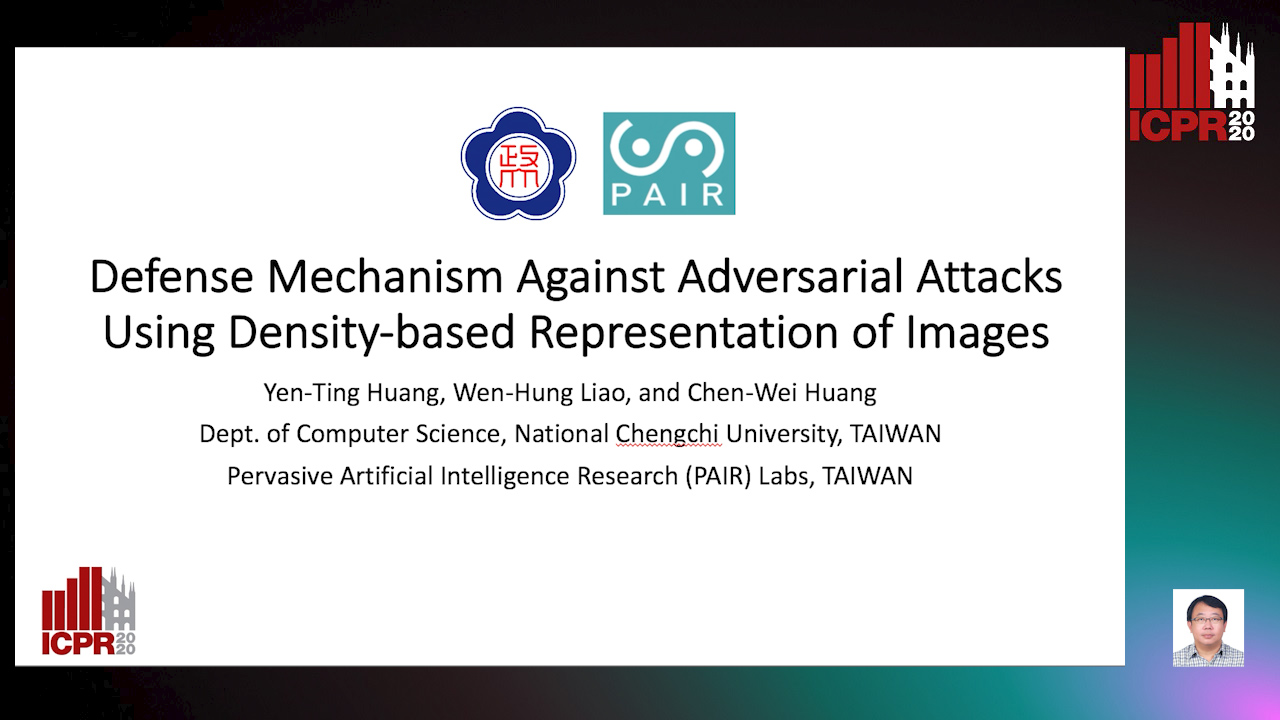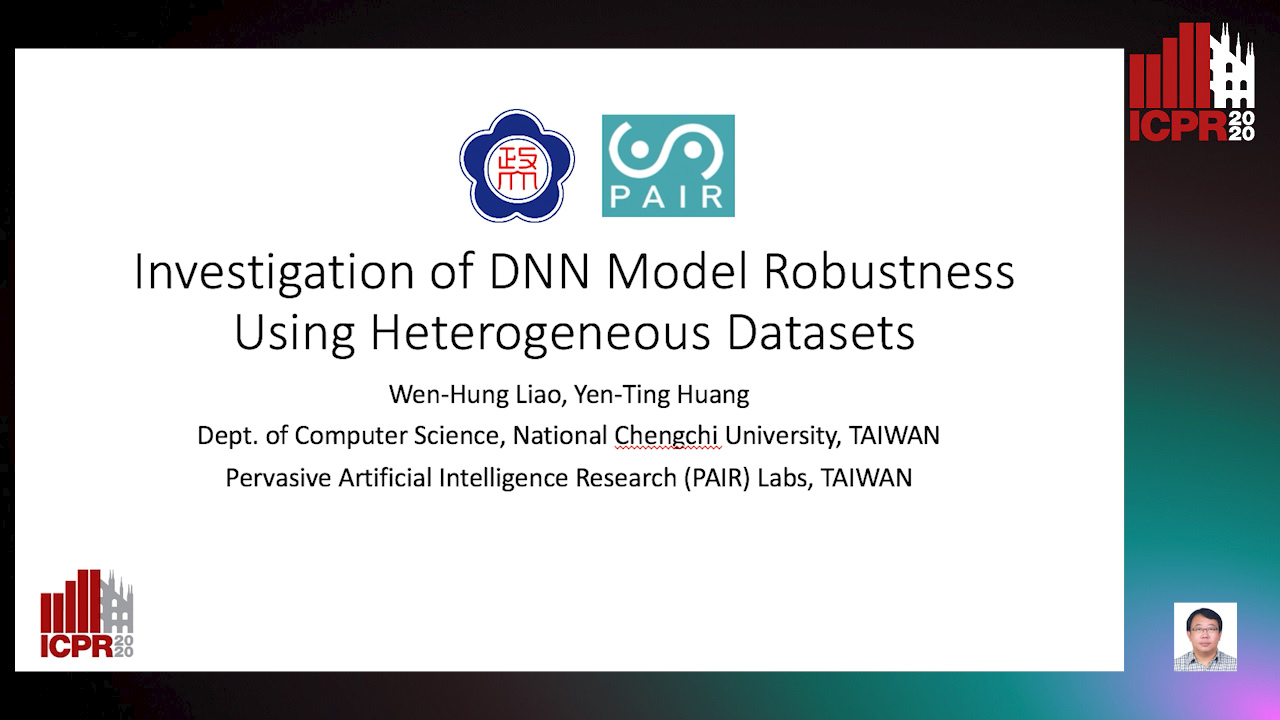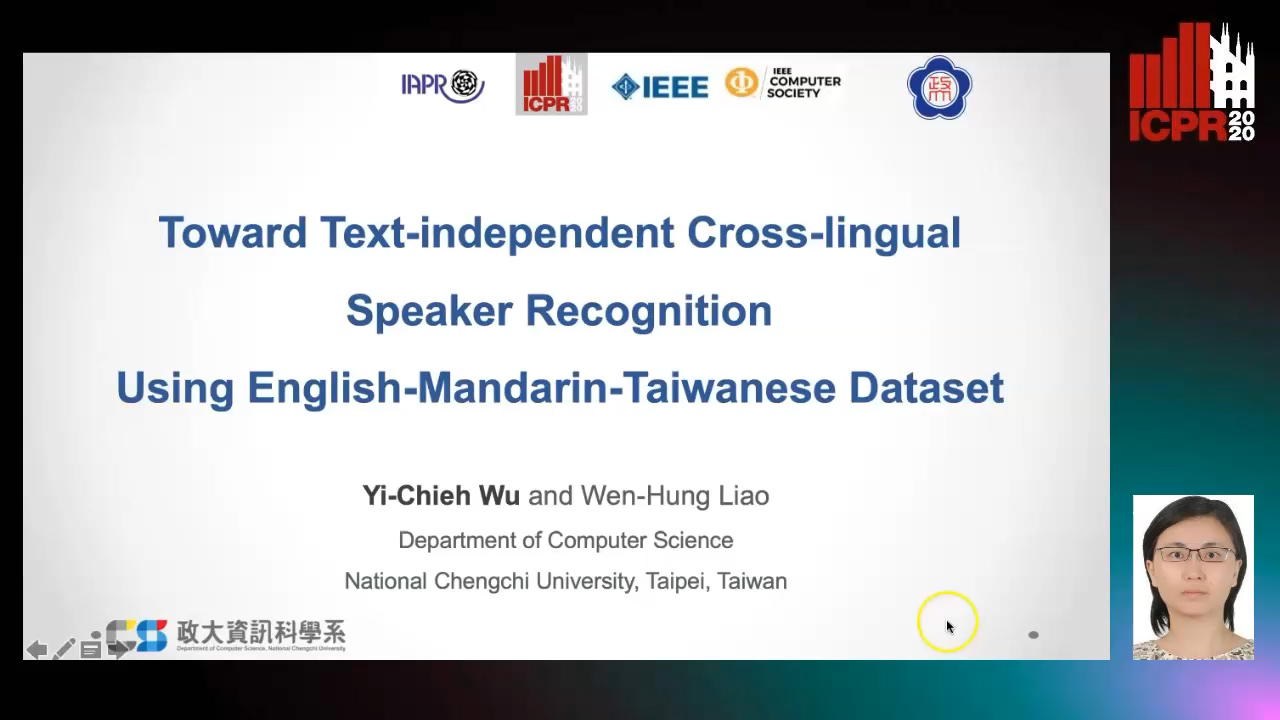Wen-Hung Liao
Papers from this author
Defense Mechanism against Adversarial Attacks Using Density-Based Representation of Images
Yen-Ting Huang, Wen-Hung Liao, Chen-Wei Huang

Auto-TLDR; Adversarial Attacks Reduction Using Input Recharacterization
Abstract Slides Poster Similar
Investigation of DNN Model Robustness Using Heterogeneous Datasets

Auto-TLDR; Evaluating the Dependency of Deep Learning on Heterogeneous Data Set for Learning
Abstract Slides Poster Similar
Toward Text-Independent Cross-Lingual Speaker Recognition Using English-Mandarin-Taiwanese Dataset

Auto-TLDR; Cross-lingual Speech for Biometric Recognition